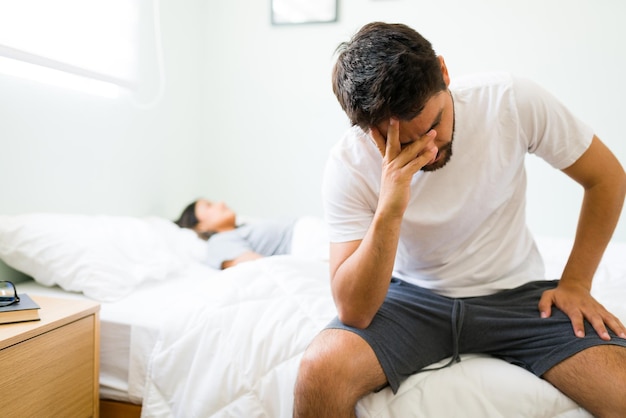
Life comes with its share of discomforts—whether it’s sore muscles, backaches, injuries from sports, or stomach troubles. But when the pain affects your groin area, it’s an entirely different matter.
Testicular pain, or scrotal pain, might feel awkward to bring up with your doctor, but it’s not something to ignore. While there are some harmless reasons for the discomfort, other causes might require medical attention.
### Common Causes of Testicular Pain
Your testicles, or testes, sit inside the scrotum—a pouch of skin designed to provide protection and house several important structures like nerves, blood vessels, and arteries. Despite this protective setup, the area is quite sensitive and prone to injuries, infections, and other conditions.
Here’s a rundown of the possible reasons for testicular pain:
#### 1. Trauma or Injury
Testicular pain often results from an injury, like taking a direct hit to the groin, a sports-related accident, or other physical trauma. Pain and swelling are common after such incidents.
**What to Do:** If the pain is severe or accompanied by swelling, consult your doctor. Milder injuries can often be treated at home with rest, icing, and over-the-counter pain relievers.
#### 2. Testicular Torsion (Twisting)
This condition involves a sudden, sharp pain caused by the twisting of the testicle, which cuts off its blood supply. It’s usually intense and may also lead to swelling, nausea, or vomiting.
**What to Do:** Testicular torsion is a medical emergency. Head to the ER right away. Surgery may be needed to untwist the testicle and prevent future complications, like infertility.
#### 3. Epididymal Hypertension (“Blue Balls”)
This occurs when prolonged arousal doesn’t lead to ejaculation, causing a buildup in the epididymis, a structure inside the testicle. Though it may cause discomfort, it’s nothing to worry about.
**What to Do:** It typically resolves on its own without treatment.
#### 4. Infections
Infections like urinary tract infections (UTIs) or sexually transmitted infections (STIs), such as chlamydia or gonorrhea, can lead to pain, swelling, or inflammation in the testicles or epididymis. Additional symptoms may include unusual discharge, painful urination, or blood in your semen.
**What to Do:** If an infection is causing your symptoms, a doctor may prescribe antibiotics or other treatments. Be sure to inform sexual partners if you’ve been diagnosed with an STI so they can also get tested and treated.
#### 5. Varicocele
This condition involves enlarged veins in the scrotum, most commonly on the left side, which can result in a dull ache or discomfort.
**What to Do:** Wearing supportive underwear, applying ice, or taking pain relievers may help with mild symptoms. If the condition causes persistent pain or affects fertility, your doctor might recommend surgery to address the issue.
#### Other Causes of Testicular Pain:
– **Groin (inguinal) hernia**
– **Pain after a vasectomy**
– **Kidney stones**
### Testicular Pain and Cancer: Should You Be Concerned?
While testicular cancer is rare, it’s important to monitor any changes in your testicles, as it can sometimes present as swelling, lumps, or noticeable differences in size. Men between the ages of 15 and 40 are at the highest risk.
**What to Do:** Early detection is key, so if you notice anything unusual, consult your doctor immediately. Testicular cancer is highly treatable when caught early.
### How to Keep Your Testicles Healthy
While some causes of testicular pain aren’t preventable, there are steps you can take to maintain your overall health:
– Use an athletic supporter or protective cup during sports.
– Practice safe sex by using condoms.
– Don’t hold in your urine—empty your bladder completely when needed.
– Avoid tight underwear or pants; looser options help maintain proper testicular temperature for sperm production.
– Avoid smoking.
– Perform monthly self-exams to check for changes.
### 10-Second Testicular Self-Exam
1. Use your right hand to examine your right testicle.
2. Gently roll it between your fingers and thumb—it should feel like a firm, hard-boiled egg.
3. Repeat on the left side.
4. If you feel lumps, bumps, or anything unusual, contact your doctor.
### The Bottom Line
Testicular pain isn’t normal and often signals something that shouldn’t be ignored. If you’re experiencing discomfort, reach out to a healthcare provider for advice. The good news? Most causes of testicular pain are treatable, so you can get back to feeling like yourself again.